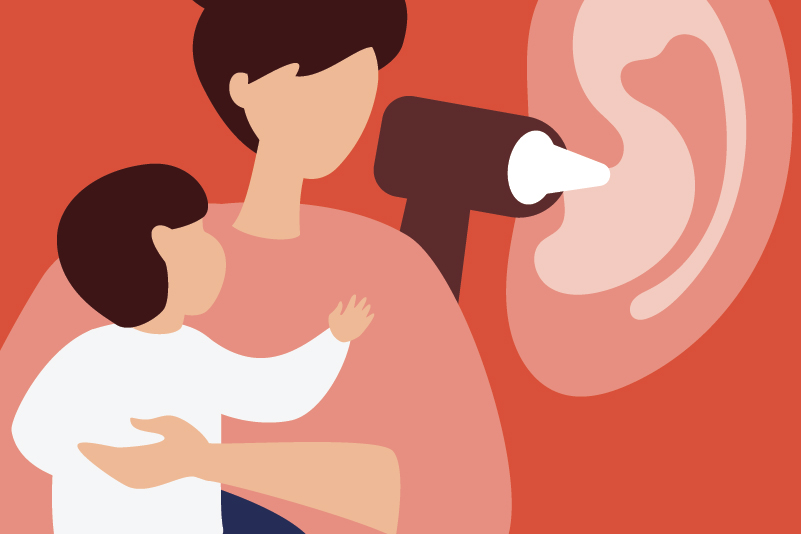#196 Infant Sleep Training—Rest Easy?

Reading Tools for Practice Article can earn you MainPro+ Credits
Join NowAlready a CFPCLearn Member? Log in
- Sleep training, or “controlled crying,” is where parents respond to their infant’s cry at increasing time intervals to allow independent settling.
- Six week Randomized Controlled Trial (RCT) of 235 infants, mean age seven months, with ≥2 awakenings/night on ≥5 nights/week:1
- Sleep training versus safety education. Statistically significant reductions in:
- Parental report severe infant sleep problems: 4% versus 14%, Number Needed to Treat (NNT)=10.
- Number of infants with ≥2 diary-recorded awakenings per night: 31% versus 60%, NNT=4.
- And improved parent fatigue, sleep quality, and mood scales.
- Sleep training versus safety education. Statistically significant reductions in:
- Cluster RCT, 328 families reporting infant sleep problem, mean infant age seven months. Tailored sleep intervention including sleep training versus usual care.2 Intervention group:
- At 10 months:
- Significant reduction in maternal report of infant sleep problems: 56% versus 68%, NNT=9.
- Non-significant reduction in mothers with depression (Edinburgh Postnatal Depression Scale >9): 28% versus 35%.
- Those with baseline score >9 had significant numerical improvement in depression scale (subgroup analysis).
- At two years:
- Reduced reporting depression symptoms:3 15% versus 26%, NNT=9.
- At five years: No difference in any of 20 outcomes including:4
- Child behaviour, relationships, and maternal mental health.
- At 10 months:
- Recent smaller studies5,6 and systematic reviews7,8 support sleep training interventions for sleep and improved parent depressive symptoms.7
- Infants sleep problems are associated with parental depression,9,10 psychological distress,11 and poor general health.11
- Increased infant sleep is associated with easy temperament, adaptability, and low distractibility.12
- Complete extinction (allowing baby to “cry it out”) has been demonstrated to be similarly effective, although parents tend to find this method more stressful.7
- Sleep training is simple and can be introduced at six months. Examples include leaving the room and not returning for 2-5 minutes before responding to crying, then lengthening that interval.















Agree with the concept of sleep training